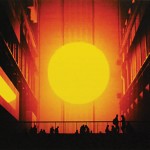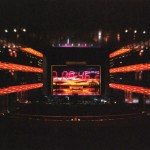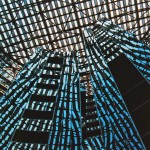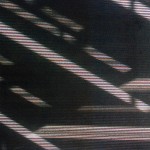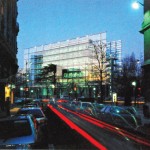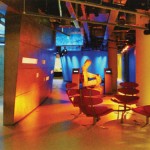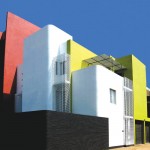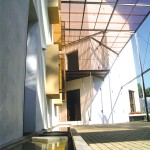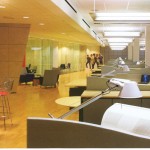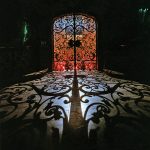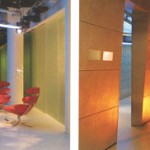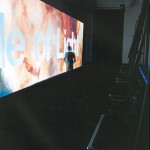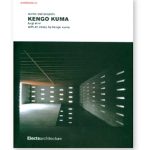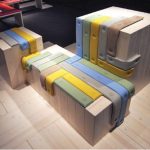Throughout history, light has been used as a medium for navigational aid not only in a literal and spatial sense but also metaphorically. In metaphorical terms, light is identified as a medium that conveys content, both informative and informational. Thus, designing with light offers immeasurable creative scope, as the design process is ultimately just the route followed to arrive at a particular point with in-between spaces lighted for the appreciation.
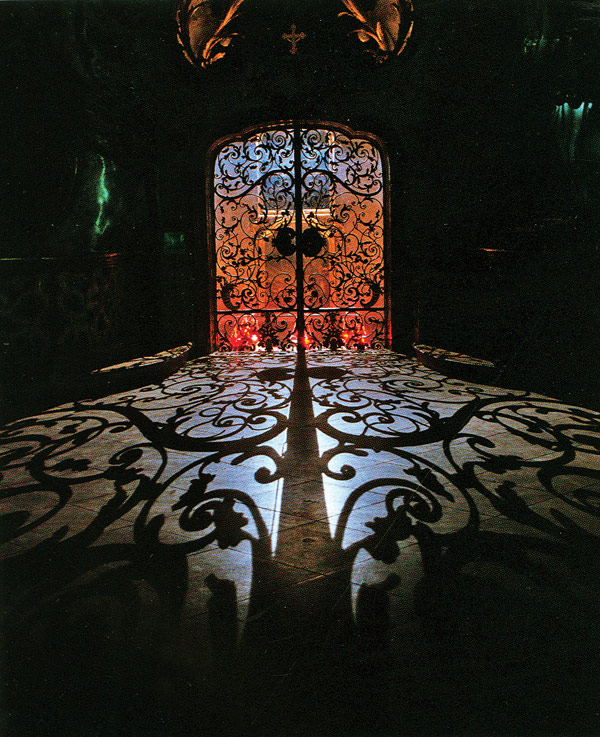
Form & Character : Like light we often take darkness and shadow for granted, yet when we focus on the form and character of shadows we can appreciate their incredible beauty and graphic quality
By Vinuri Ethapane
Light however often plays either a primary or secondary role in architecture. The primary role which is mostly to bring in light for symbolic reasons has ancient beginnings. As religion played a key role in the cultures of those civilizations, light was used to enhance specific places such as an altar receiving a shaft of light in a dim volume. Even oldest civilizations such as the Sumerian dating back to 2000BC, built stepped pyramids as homage to the sun and moon. The secondary role found even in the earliest vernacular architecture, is light for utility. The “opening” or the window that let the light in has since taken many shapes, forms and sizes over the years. The shape shift of this element was not done for mere aesthetics but to manipulate the quality and quantity of the light within the spaces.
A new era of artificial light began with the invention of the electric bulb. With the technological know-how of controlling the lighting intensities, the use of lighting in buildings became an interesting feature, even though mixing, manipulating and dimming was limited mainly to theatrical applications until the 1980s. The digital age and concerns for energy brought about the light emitting diode (LED), which is highly energy efficient and longer lasting than the conventional incandescent and florescent lights as an ideal solution for not only task and ambient lighting but also as feature lighting.
The quantity and quality of light that is manipulated within a space is determined solely by the function of the given space; for example, the methods of lighting a gallery space would be different to lighting an office environment. An office would have well lit uniform interiors whereas a gallery would overall have low levels of ambient lighting with specific accentuated lighting on the artifacts.
Architects today tend to work with specialised lighting consultants in order to maintain a dialogue between natural and artificial lighting. In applying light to architecture, among the essential elements that need to be considered is contrast: the quantitative difference between much light and little or no light. The absence of light is just as crucial to an architect as is the presence of it as the relationship between light and dark enables manipulating spaces and surfaces. Brightness can also create moods within a given environment and the ability to change the way we feel within a space.
Another important consideration when applying lighting to buildings is the quality of the object being lit, as it will either reflect or absorb the light. The degree of that will depend on its opacity, transparency or translucency, and the direction and the angle of the light will also affect the appearance of a surface by revealing its texture as well as giving it depth and definition.
Colour, which gives meaning to what we see, derives from a combination of light as well as the surface colour of the object that is being lit. The primary colours of pigments are magenta, cyan and yellow simplified as red, blue and yellow. The colour of light itself is a combination of red, green and blue light, which when combined equally, creates white light, a principle called Additive Mixing. But pigments are considered Subtractive Primaries as they subtract light falling on it, (subtractive mixing) by absorbing certain colours and reflecting the colour we see.
The spectral composition of light influences how well we see colour of a surface which is referred to as the Colour Rendering Index. Sunlight is considered the source with the best colour rendering index with a value of 100 in 0-100 scale. Out of the artificial light sources, the conventional yet popular incandescent/halogen lamps have a 100 Colour Rendering Index. Manufacturers of lamps take great efforts to match their light sources to the 100 scale by using gases or coatings in their bulb enclosures to bring the CRI closest to natural light.
When combining artificial lighting with natural lighting in building interiors, it is of paramount importance to consider the colour temperatures and the Colour Rendering Indexes of both the natural and artificial lighting in the space.
The above mentioned multitude of design considerations means that a single correct lighting solution for any given lighting task will never exist, but by knowing the design parameters and by understanding the technical options for their implementation, architects and lightings designers are able to find individual answers for specific design issues.
“All materials in nature, the mountains, and the streams and the air and we are made of light which has been spent, and this crumpled mass called material casts a shadow, and the shadow belongs to light.”
Louis Kahn (Made of light: The Art of Light and Architecture)
Photographs taken from: Made of Light: The Art of Light and Architecture
- Copenhagen Opera House Denmark : The view towards the stage shows the expressed form of the balconies with the integrated LED slots
- Surface upon surface in light: Surfaces provide the means to create layers of light and texture
- Surface upon surface in light: Surfaces provide the means to create layers of light and texture
- Light expressed through contrast: dramatic effect by Eric Mandsohn in the Schocke Department Stoden
- IBM business Centre, London, UK: Colour plays and important role in the success of IBM’s e-business innovation.
- Focused Light- front lit: National Museum, Colombo
- de Silva House Talangama, Archt. Nilakshi Dharmawardene Photographer: Archt. Sithumini Ratnamalala
- Surface upon surface in light: Surfaces provide the means to create layers of light and texture
- Copenhagen Opera House Denmark : The view towards the stage shows the expressed form of the balconies with the integrated LED slots
- Form & Character : Like light we often take darkness and shadow for granted, yet when we focus on the form and character of shadows we can appreciate their incredible beauty and graphic quality
- Light expressed through contrast: dramatic effect by Eric Mandsohn in the Schocke Department Stoden
- Light expressed through contrast: dramatic effect by Eric Mandsohn in the Schocke Department Stoden
- IBM business Centre, London, UK: Colour plays and important role in the success of IBM’s e-business innovation.

